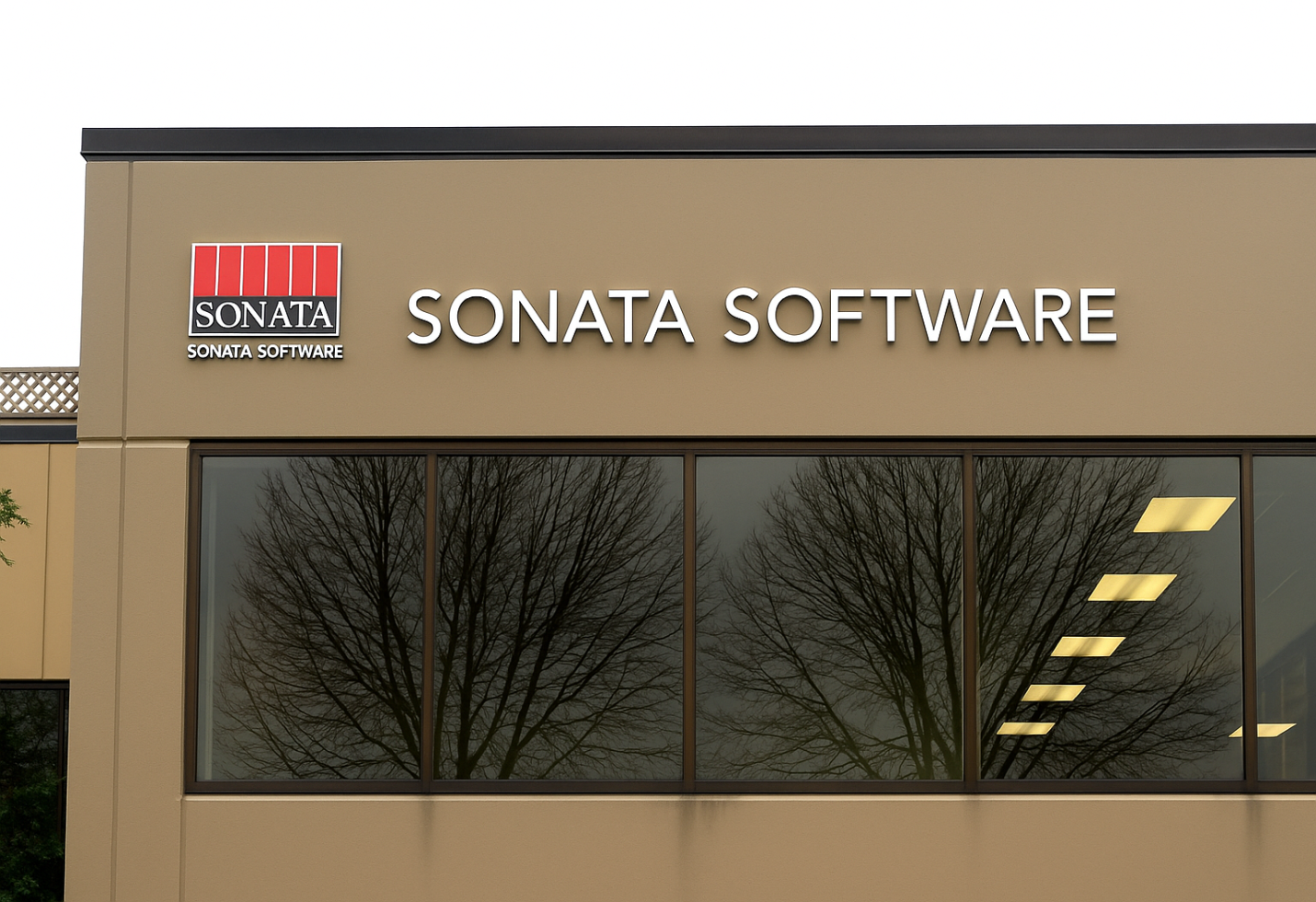PB Fintech’s Q4 FY25 profit soars 185% on digital insurance growth.
PB Fintech Limited, the parent company of leading online insurance platform Policybazaar and credit marketplace Paisabazaar, announced a remarkable financial performance for the quarter ended March 2025. The company reported a consolidated net profit of ₹171 crore for Q4 FY25, soaring by 185% compared to the same period last year, driven primarily by a surge in its digital insurance business.
Revenue Expansion Driven by Insurance Premium Growth
During the quarter, PB Fintech’s total revenue from operations climbed 38% year-on-year (YoY) to ₹1,508 crore. The digital insurance segment, anchored by Policybazaar, emerged as the key growth engine, generating ₹877 crore in revenue — a 31% increase from the previous year. The health insurance vertical experienced strong demand, contributing significantly to the overall premium inflows.
Insurance premiums sourced via the platform rose by 37% to ₹7,030 crore during the quarter, underscoring rising customer adoption of online insurance products across health and life segments. However, some softness was observed in the savings insurance vertical, impacted by changing consumer preferences.
Paisabazaar Maintains Strong Loan Disbursements Despite Revenue Pressure
In contrast to the insurance business, Paisabazaar, PB Fintech’s credit platform, saw a 21% decline in revenue during Q4 FY25. This decrease reflects tightening lending norms and a more cautious credit environment. Nevertheless, Paisabazaar continued to deliver strong loan disbursements, reaching ₹2,368 crore in the quarter, and ₹20,465 crore over the full fiscal year — representing a 38% year-on-year increase.
This indicates a steady demand for personal loans and other credit products, which could support future revenue recovery as market conditions stabilize.
Exceptional Full-Year Profit Jump Reflects Operational Efficiency
For the entire fiscal year FY25, PB Fintech posted an outstanding consolidated net profit of ₹353 crore, surging 448% compared to ₹64 crore in FY24. This dramatic improvement signals the company’s successful transition from aggressive growth investment towards sustainable profitability.
Annual revenue expanded 45% to ₹4,977 crore from ₹3,434 crore in the previous year. The combined revenues from Policybazaar and Paisabazaar reached ₹3,073 crore, while emerging verticals like PB Partners, PB UAE, and PB for Business contributed ₹1,904 crore — marking an impressive 79% growth.
Investor Sentiment and Market Reaction
Following the earnings announcement, PB Fintech’s shares witnessed a positive response, rising more than 4% in intraday trading on the Bombay Stock Exchange (BSE), with the stock reaching an intraday high of ₹1,854.70. Market analysts welcomed the results, emphasizing margin expansion and healthy growth prospects.
Jefferies retained a ‘Buy’ rating on PB Fintech, assigning a target price of ₹2,000, while Citi maintained a ‘Buy’ recommendation with a target of ₹2,150, both highlighting the company’s profitability trajectory and expanding digital insurance footprint.
Strategic Growth Initiatives
Looking ahead, PB Fintech plans to deepen its penetration into Tier-2 and Tier-3 cities, aiming to capture the growing demand for insurance and credit products among digitally savvy consumers in these regions. The company will continue to innovate its offerings and expand its distribution network to maintain market leadership.
Furthermore, PB Fintech intends to accelerate growth in its newer verticals — including PB Partners, which focuses on financial services for small businesses, and PB for Business, targeting corporate insurance solutions. The international arm, PB UAE, is also expected to contribute more significantly to revenue in the coming years.
Challenges and Outlook
Despite the strong financial performance, PB Fintech faces certain challenges such as evolving regulatory norms in the credit sector, which could impact Paisabazaar’s near-term revenue. Additionally, increasing competition from both traditional insurers and emerging fintech firms might pressure margins.
Macroeconomic uncertainties, including inflation and interest rate fluctuations, also pose risks to consumer spending on financial products. However, PB Fintech’s diversified portfolio, strong brand presence, and technology-driven approach provide a solid foundation to navigate these hurdles.
Conclusion
PB Fintech’s Q4 FY25 results highlight a significant profit surge alongside robust revenue growth, underscoring its leadership in India’s digital insurance and credit markets. While Paisabazaar’s revenue faced some pressure, the platform’s strong loan disbursal performance reflects ongoing customer demand.
Backed by a strong balance sheet and a clear strategic vision, PB Fintech is well-positioned to capitalize on expanding digital adoption and evolving financial needs in India’s growing economy.
The image added is for representation purposes only










